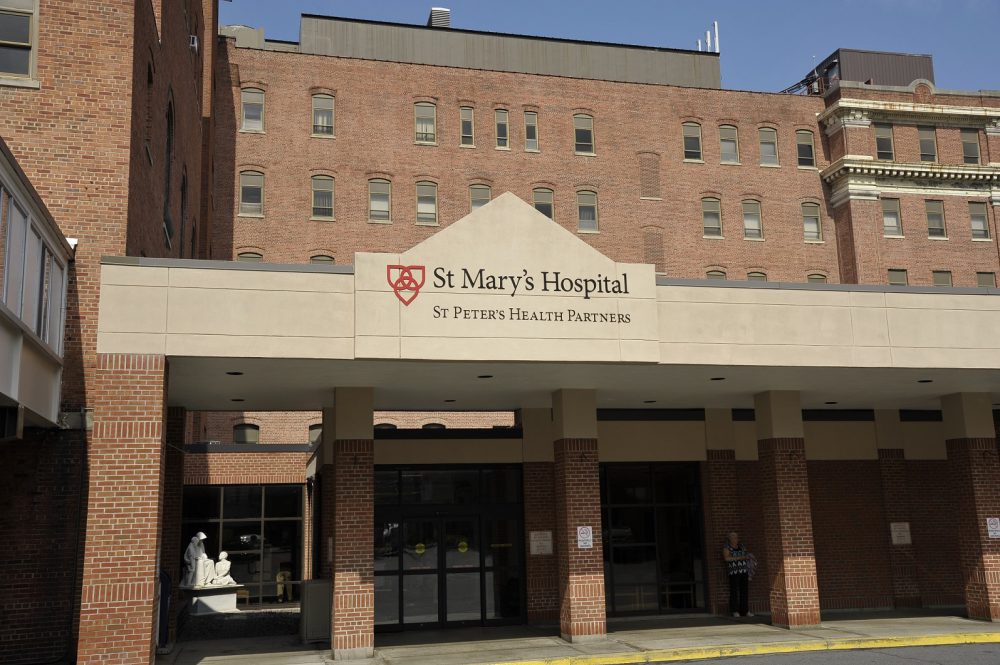
April is Head and Neck Cancer Awareness Month and an ideal time for every adult to check with their medical and dental provider about risk factors and warning signs. According to the American Cancer Society, 53,000 Americans will be diagnosed with oral cavity or oropharyngeal cancer this year. An estimated 10,860 will die of these cancers. Dental providers and physicians conduct a visual inspection at each checkup, but there are no other screening tests available. When detected early and treated appropriately, many forms of head and neck cancer can be managed effectively and even cured.
There are five main types of head and neck cancer, with different symptoms, and named for the specific part affected:
- Oral cavity: mouth, lips, tongue, gums, palate and floor of the mouth
- Pharynx: Throat, Nasopharynx, Oropharynx and Hypopharynx
- Larynx: Voice box
- Salivary glands
- Paranasal sinuses and nasal cavity
Warning signs that should be reviewed by a medical professional include:
- Red and/or white discolorations of the soft tissues of the mouth
- Any sore which does not heal within 14 days
- Hoarseness which lasts for a prolonged period of time
- A sensation that something is stuck in your throat or a sense of fullness
- Numbness in the oral region
- Difficulty in moving the jaw or tongue
- Difficulty in swallowing
- Ear pain which occurs on one side only
- A sore under a denture which, even after adjustment of the denture, does not heal
- A lump or thickening which develops in the mouth or on the neck
Risk factors for head and neck cancer include:
- A sexually transmitted virus called human papillomavirus (HPV)
- Tobacco use of any kind, including cigarettes, cigars, pipes, chewing tobacco and snuff.
- Heavy alcohol use
- Excessive sun exposure to your lips
In the past, smoking, tobacco, and heavy alcohol use accounted for the majority of the head and neck cancers diagnosis, however human papillomavirus (HPV) has recently become the most common cause. Current vaccines against HPV are strongly recommended for boys and girls around age 11 and can prevent HPV related cancers later in life.
Once a patient is diagnosed with head or neck cancer, our multidisciplinary team will develop a unique treatment plan based on the type, location and extent of cancer tissue. Most often, the recommended approach includes a combination of surgery, chemotherapy, and radiation therapy. Some treatments can affect an individual’s eating, speaking, or even breathing, so rehabilitation may be necessary during or following treatment.
For more information, please talk to your primary care provider or call the St. Peter’s Hospital Cancer Care Center at 518-525-1547 or the Hildegard Medicus Cancer Center at Samaritan Hospital – St. Mary’s Campus in Troy at 518-268-5060.





